Integrating Arboriculture into Landscape Architecture: A Guide for Designers and Homeowners
Successful high-end landscape projects harmonize architecture, plant material, and arboricultural science. Integrating expert arboriculture early in the design process ensures healthy, sustainable trees that enhance aesthetics and property value over the long term. At Peer Arboricultural, we collaborate closely with designers and homeowners to bring this vision to life.
Why Integration Matters
Trees are living, growing assets with complex needs. Without arboricultural input, designs can inadvertently stress trees through poor species selection, root damage, or incompatible site conditions. Early collaboration helps avoid costly problems such as tree decline, removal, or redesign.
Key Collaboration Points
1. Species Selection
Arborists advise on species suited to site conditions, growth habits, and maintenance expectations, balancing beauty with longevity.
2. Site Planning
Root zones, soil conditions, and drainage influence tree survival. Integrating this knowledge informs grading, excavation, and infrastructure placement.
3. Construction Protection
Arborists develop protective fencing, root pruning strategies, and monitoring plans to safeguard trees during construction.
4. Maintenance Planning
Ongoing care programs established during design phase ensure continued tree health aligned with landscape goals.
Benefits to Designers and Homeowners
Reduced risk of tree loss and replacement costs
Enhanced landscape aesthetics and property value
Environmentally responsible, sustainable landscapes
Informed decision-making and realistic project timelines
